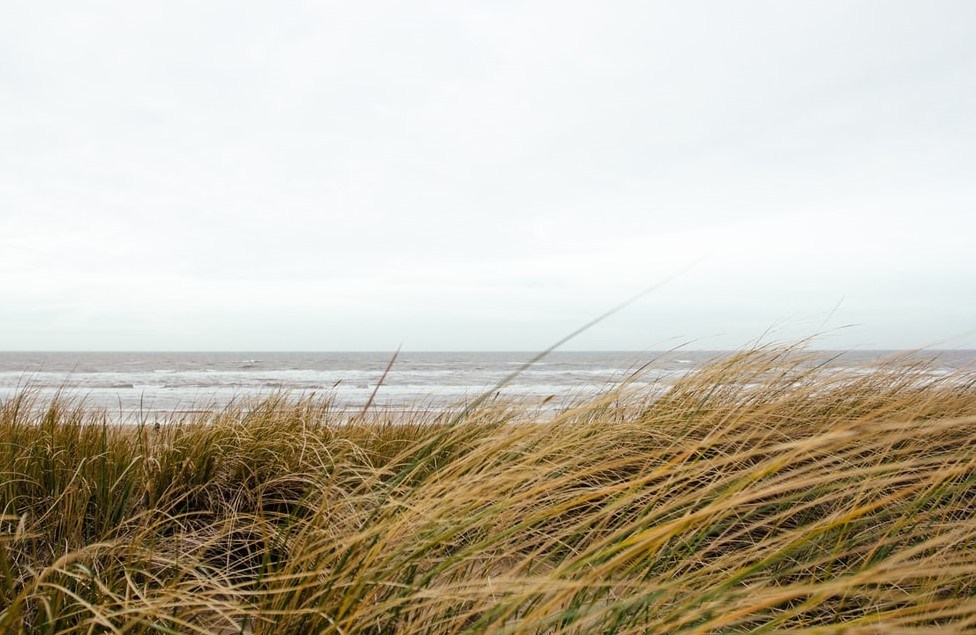The European Commission presented last week a package of guidelines and recommendations to help member states gradually lift travel restrictions and allow tourism businesses to reopen, after months of lockdown, while respecting necessary health precautions.
Considering the importance of tourism for the EU economy, the Commission seems eager to open up borders again after they were closed by the member states without waiting for any EU guidelines. This time, the Commission is pre-empting the plans by member states to lift travel restrictions in an effort to coordinate their measures.
The Commission's guidance (13 May) aims to “offer people the chance to get some well-needed rest, relaxation and fresh air”. As soon as the health situation allows, people should be able to catch up with friends and family, in their own EU country or across borders, with all the safety and precautionary measures needed in place.
According to the Commission, travel, transport, accommodation, food, recreation or culture, contribute to almost 10% of EU GDP and provide a key source of employment and income in numerous European regions. 267 million Europeans (62% of the population) make at least one private leisure trip per year and 78% of Europeans spend their holidays in their home country or another EU country.
In Europe, the summer is a crucial season for tourism: during an average summer season (June-August) residents of the EU make 385 million tourism trips and spend €190 billion. It will be a challenge to resume only part of that this summer. The World Tourism Organisation (UNWTO) foresees a 60% to 80% reduction in international arrivals.
Member states, that have managed to stop the spread of the coronavirus, will have to think twice if to open their borders for travelers from other countries still fighting the virus. The Commission proposes a phased and coordinated approach that starts by lifting restrictions between areas or member states with sufficiently similar epidemiological situations.
The principle of non-discrimination is of particular importance to the Commission: when a member state decides to allow travel into its territory or to specific regions and areas within its territory, it should do so in a non-discriminatory manner – allowing travel from all areas, regions or countries in the EU with similar epidemiological conditions.
Potential tourists will have to consider if it is safe to travel and many are going to be scared to travel by air. In their home countries, where lockdown restrictions are gradually being lifted, precautions are taken in public transport with rules on wearing masks and social distancing. The airliners will have to come up with similar measures and fly with half-empty planes without tickets sky rocking.
In fact, this is still an unsolved issue in the Commission’s tourism and transport package. Asked by The Brussels Times last week whether it recommended the airliners to fly with empty seats to ensure social distancing on board, a Commission spokesperson referred to technical guidelines and safety protocols that still have to be issued by the competent EU agencies.
“The Commission has tasked the European Centre for Disease Prevention and Control (ECDC) and the European Union Aviation Safety Agency (EASA) to draft the necessary safety protocols, taking into account scientific evidence,” he said.
The guidelines on protecting passengers and transport workers are detailed and go already a long way in guiding the member states and the airliners.
The protocol should include measures such as strengthening ventilation, avoiding concentration of passengers, limiting interaction on board, exploring the most appropriate allocation of seats based on technical constraints, reducing movement in the cabin and prioritizing electronic documents and means of payment.
M. Apelblat
The Brussels Times

